Wildlife refuges are areas of land set aside to protect endangered wildlife species. They can serve as a sanctuary where animals like rhinos, elephants, tigers, and crocodiles can live without humans disturbing them.
In this article, we’ll be looking at some of the largest wildlife refugees in the world. Not only will we learn about their size and location, but we will also look at the incredible animals living in these refuges.
Importance of Animal Refugees
The largest wildlife refuges in the world play a crucial role in conserving and protecting endangered species, preserving their habitats, and promoting biodiversity. These protected areas offer a haven for wildlife, allowing them to flourish and thrive in their natural environments. Let’s look at what they offer.
- Wildlife sanctuaries offer essential dwellings to vulnerable types, helping to ensure their maintenance and preclude extinction.
- These shielded areas promote the saving of biodiversity, nurturing ecological harmony, and sheltering the Earth’s rare plants and animals.
- Wildlife refuges also play an essential part in scientific exploration and education, providing chances for investigating wildlife customs and the effect of human activities on ecosystems.
- They serve as popular holiday destinations, bringing in earnings for local communities and inspiring environmental consciousness and conservation projects.
- Wildlife refuges are likewise vital for maintaining traditional and historic assets since many aboriginal associations have intimate links with the area and wildlife within these sheltered zones.
- These havens bear substantial value in diminishing the effects of climate transformation, as they fill in as carbon stores and secure critical ecosystems that can aid in consuming and storing carbon dioxide.
- Lastly, wildlife havens offer unique occasions for outside entertainment and nature appreciation, offering a retreat from the hustle of day-to-day life and a chance to associate with nature.
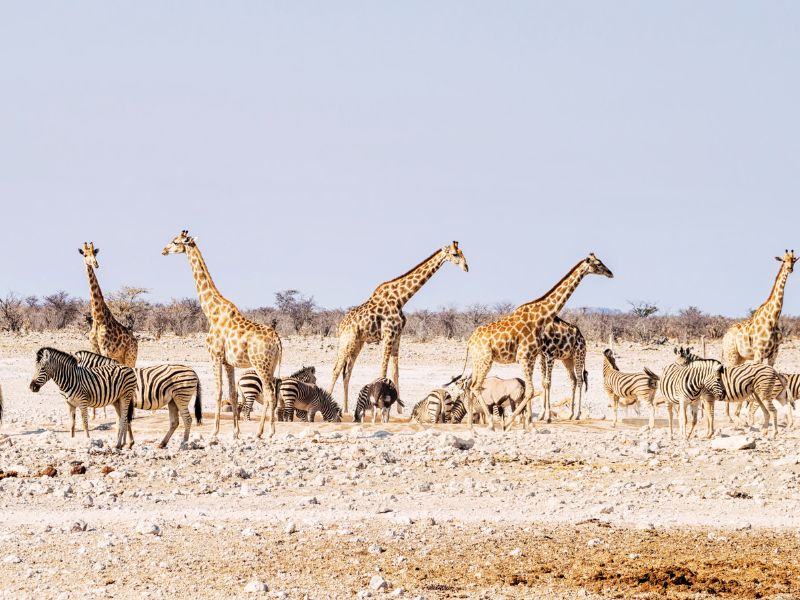
Most Biggest Wildlife Refugees in the World
When you think of essential animal sanctuaries, you might think of places like Delta Rescue in the U.S., Gut Aiderbichl in Austria, or Lone Pine Koala Sanctuary in Australia. But did you know there are even bigger animal sanctuaries out there? Some of these lesser-known places are so big; they’re bigger than whole countries! Sure, they might not look like the typical animal refuge you’re used to, but each one plays a crucial role in preserving the world’s ecosystem. Here are five of the biggest animal sanctuaries in the world
1. Natural Park of The Coral Sea
Established in 2014 750 miles east of Australia, this massive park covers over 500,000 square miles, including all of the French territory New Caledonia, its lagoons, and the second longest double barrier reef, the New Caledonia Barrier Reef. It’s even bigger than France and Germany combined!
This park is a crucial protector of native wildlife, including 25 species of marine mammals (including the third largest population of manatee-like dugongs), 48 species of sharks, five types of sea turtles, and 19 species of nesting birds. And if you’re a fan of the world-renowned Great Barrier Reef, it’s just off the coast of Queensland, Australia, and considered the largest living thing on earth earning a title as one of the Seven Natural Wonders of the World.
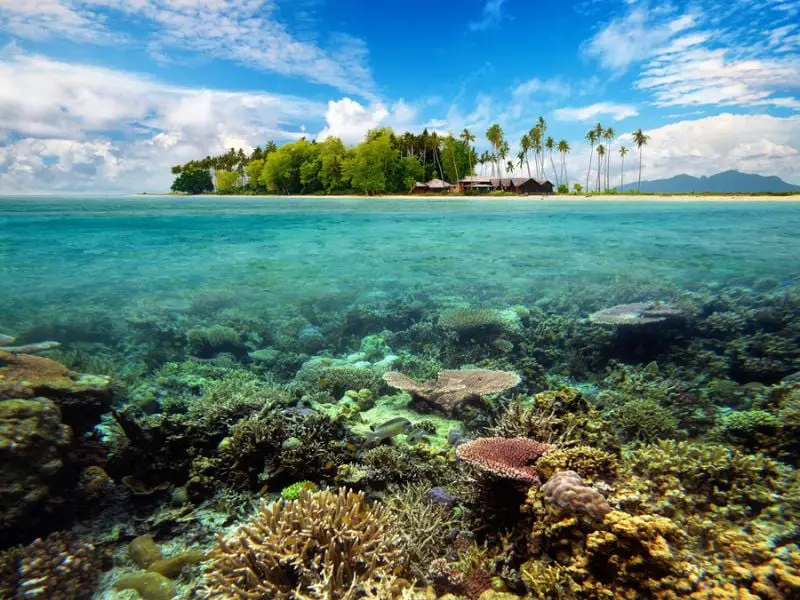
2. Kavango-Zambezi Transfrontier Conservation Area
The Kavango-Zambezi Transfrontier Conservation Area (KAZA TFCA was established in 2011 to protect and conserve Africa’s endangered wildlife. It’s a vast area, covering over 200,000 square miles, and is located at the intersection of Angola, Botswana, Namibia, Zambia, and Zimbabwe. KAZA TFCA is home to Africa’s largest elephant population and other cool animals like African wild dogs, cheetahs, and hippos. Plus, there are over 600 types of birds there too.
It’s got over 35 national parks, game reserves, forest reserves, and wildlife management areas. And get this; there’s another Transfrontier Conservation Area in the works called the Great Limpopo Transfrontier Park, spanning 145,000 square miles across Mozambique, South Africa, and Zimbabwe, including famous spots like Kruger Park and Limpopo National Park.
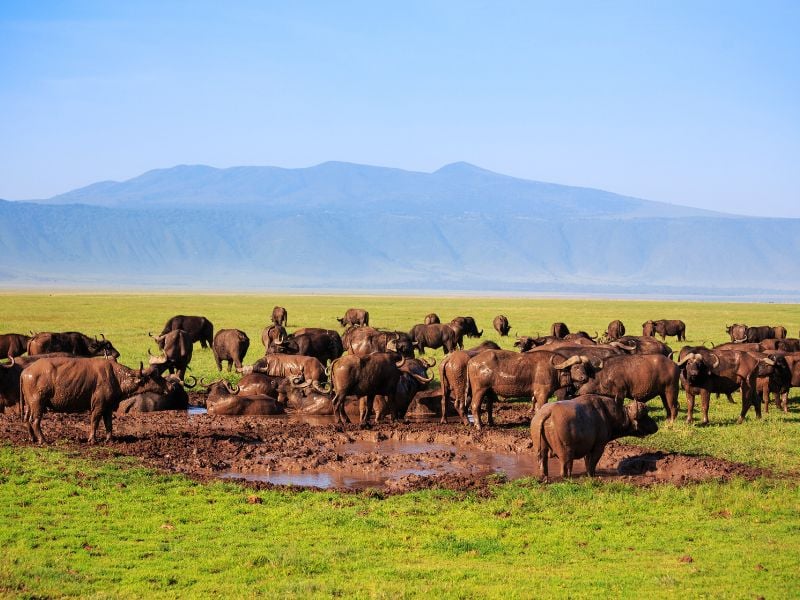
3. Northeast Greenland National Park
The Northeast Greenland National Park is the biggest national park in the world, covering almost half of Greenland. It was established in 1974 and is 77 times bigger than Yellowstone National Park. The park protects 375,000 square miles and is part of an international biosphere reserve. It’s also the northernmost park in the world and super remote, so there are more animals than people.
If you want to visit, you must get a special permit from the Ministry of Nature and Environment or join an organized expedition cruise. Within the area are wide varieties of Arctic animals like arctic foxes, hares, different seal species, giant walruses, polar bears, and one of the largest populations of musk-ox in the world (which is also native to the Canadian Arctic).
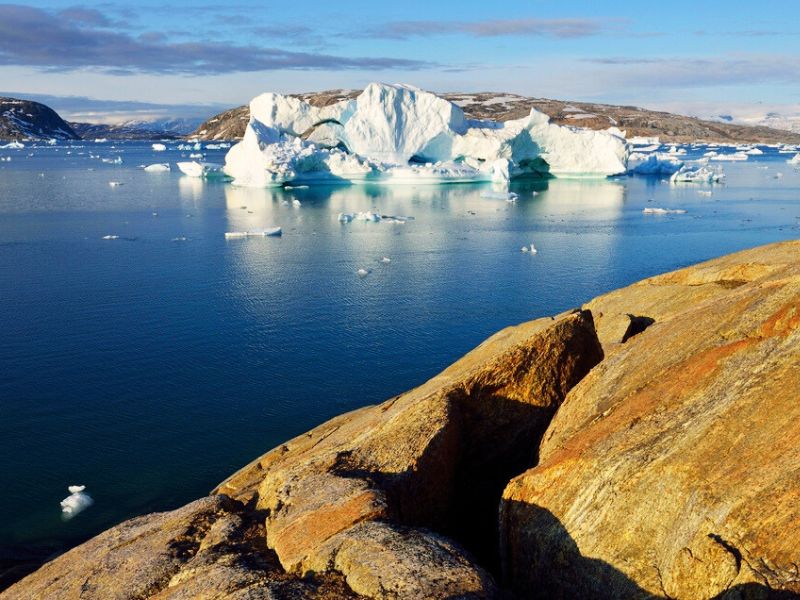
4. Pacific Remote Islands Marine National Movement
The Pacific Remote Islands Marine National Monument is managed by the U.S. Fish and Wildlife Service, and it’s got the most diverse collection of marine and land animals protected on the planet. It’s located just west of the Hawaiian Islands and consists of islands, reefs, and atolls, covering over 490,000 square miles.
It’s mostly a marine sanctuary with over 20 species of marine mammals, like dolphins and whales. You can also find five sea turtles, mollusks, crustaceans like the giant coconut crab, and many seabirds, fish, insects, and coral species. The area has no permanent residents, and you can only visit with a special permit from the U.S. Fish and Wildlife Service. It was declared a national monument in 2009 and expanded in 2014.
5. Papahānaumokuākea Marine National Monument
The Papahānaumokuākea Marine National Monument is a massive reserve, covering almost 140,000 square miles, bigger than entire Germany. It’s one of the largest marine protected areas in the world and huger than all of America’s national parks combined. The Department of the Interior’s Fish and Wildlife Service and the Department of Commerce’s National Oceanic and Atmospheric Administration run the show.
The national monument includes 10 islands and atolls in the Northwestern Hawaiian Islands and consists of the Hawaiian Islands National Wildlife Refuge and the Midway Atoll National Wildlife Refuge. It’s home to around 7,000 animal species, a quarter native to the Northwestern Hawaiian Islands, including the endangered green sea turtle and the Hawaiian monk seal.
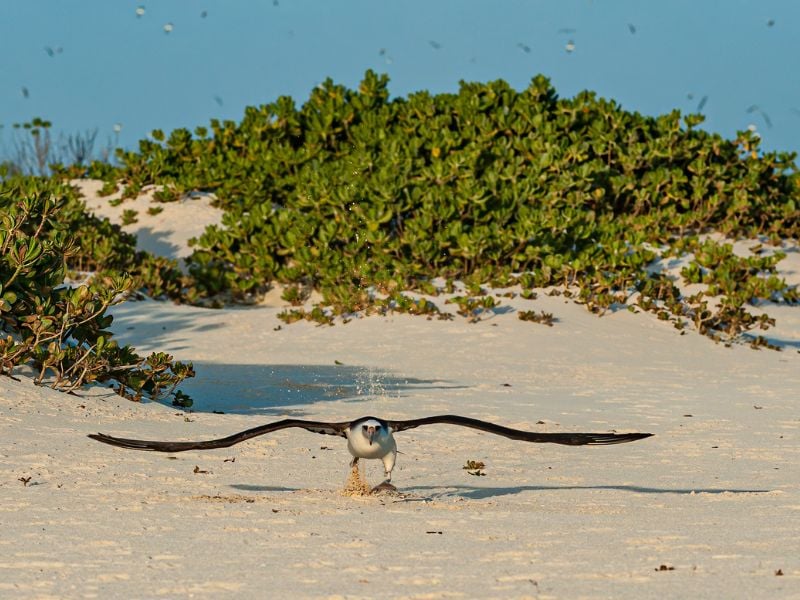
Bottomline
Wildlife refuges are essential for preserving endangered species and their habitats. The world’s largest wildlife refuges, such as the Kavango-Zambezi Transfrontier Conservation Area, Northeast Greenland National Park, Pacific Remote Islands Marine National Monument, and Papahānaumokuākea Marine National Monument, protect a diverse range of species and provide valuable habitats for the survival of these animals.
These refugees not only play a crucial role in conservation efforts but also offer unique opportunities for observation and research, as well as eco-tourism experiences for visitors. We need to continue supporting and protecting these vast wildernesses for future generations to enjoy and preserve the Earth’s biodiversity.
You may also be interested in: Threat of Trawl Fishing, Invasive Species, Caribbean Lionfish

